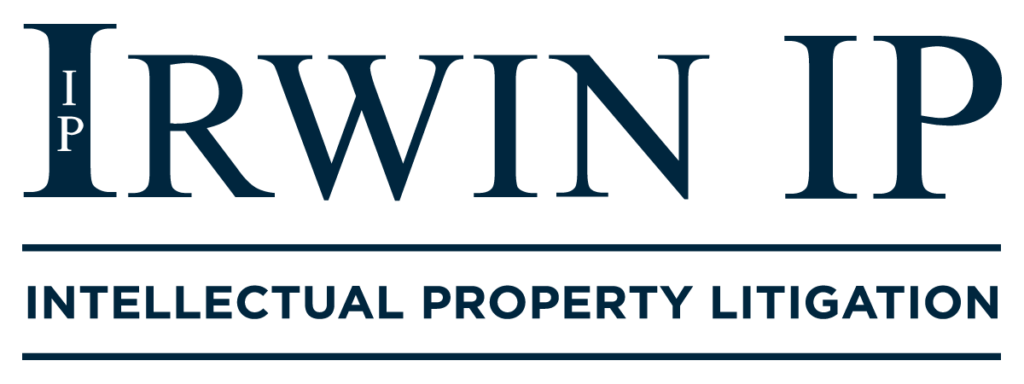On September 28, 2021, the Federal Circuit, (“CAFC”), reinstated an enhanced damages award against Cisco Systems Inc. (“Cisco”), holding that both substantial evidence supports the jury’s finding of Cisco’s willful infringement after May 8, 2012, and that Cisco’s conduct rises to the level of “wanton, malicious, and bad-faith behavior” required for enhanced damages.
The dispute arose between SRI International (“SRI”) and Cisco over two patents relating to cybersecurity. In 2017, a jury found that Cisco willfully infringed certain claims of SRI’s asserted patents. Based on this willfulness finding, the District Court doubled its damage award and explained that enhancement was appropriate “given Cisco’s litigation conduct, its status as the world’s largest networking company, its apparent disdain for SRI and its business model, and the fact that Cisco lost on all issues during summary judgment and trial, despite its formidable efforts to the contrary.” It also noted that “Cisco pursued litigation about as aggressively as the court has seen in its judicial experience” and that its litigation strategy “created a substantial amount of work for both SRI and the court, much of which work was needlessly repetitive or irrelevant or frivolous.”
Upon first appeal, the CAFC vacated and remanded the ruling, stating “for the time period prior to May 8, 2012, ‘the record is insufficient to establish that Cisco’s conduct rose to the level of wanton, malicious, and bad-faith behavior required for willful infringement.’” It likewise vacated the district court’s enhanced damages award due to being predicated on the finding of willful infringement. On remand, the district court applied the more-stringent willfulness standard described above and held that no willful infringement was present after May 8, 2012. It also noted that “the Court of Appeals is not entirely consistent in its use of adjectives to describe what is required for willfulness.”
Upon second appeal, the CAFC clarified that the language “wanton, malicious, and bad-faith,” refers to conduct warranting enhanced damages and not to conduct warranting a finding of willfulness. Rather, ‘willfulness’ requires a jury to find no more than deliberate or intentional infringement. Consequently, the CAFC held that substantial evidence supported the jury’s willful infringement finding for the time period after May 8, 2012 based on Cisco’s lack of reasonable bases for its infringement and invalidity defenses and the jury’s unchallenged induced infringement findings.
Additionally, the CAFC clarified that although willfulness is a component of enhancement, “an award of enhanced damages does not necessarily flow from a willfulness finding.” Further, discretion remains with the district court to determine sufficiently egregious conduct warranting enhanced damages. Consequently, the CAFC discerned no abuse in discretion in the district court awarding double damages above and found that the district court appropriately considered factors warranting enhanced damages beyond willfulness including “the infringer’s behavior as a party to the litigation,” the infringer’s “size and financial condition,” the infringer’s “motivation for harm,” and the “closeness of the case.”
This case clarifies that the standards for willfulness are distinct from the standard for enhanced damages. Further, the enhanced damages inquiry may take into consideration a wide variety of behavior, including trial conduct and unreasonably aggressive litigation tactics.
